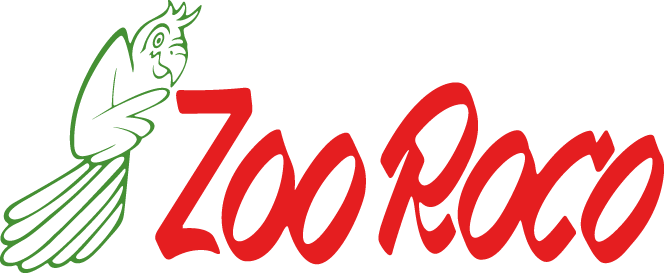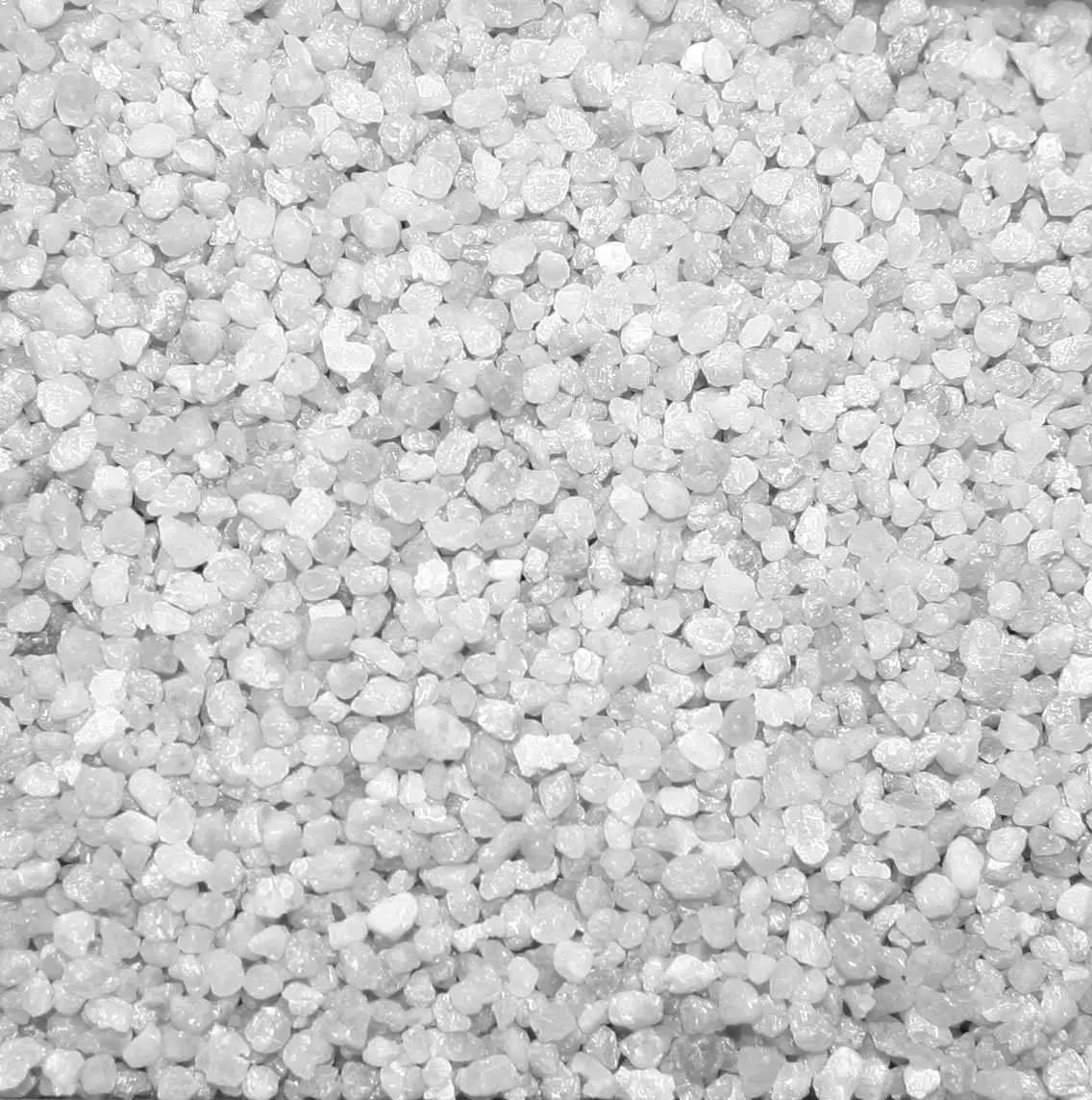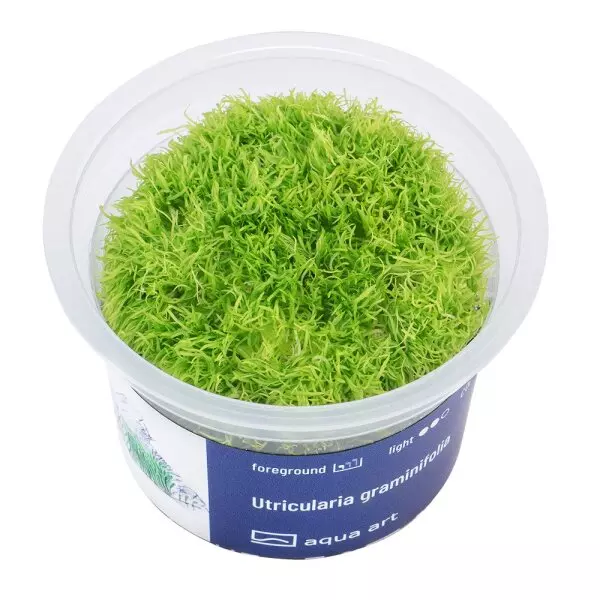Product information "Myriophyllum sp. 'Guyana'"
Myriophyllum sp. 'Guyana is a dense plant for the second and third levels of an aquarium. It forms a dense green wall in the back of a small tank and provides an excellent hiding place for small, shy fish and shrimp species.
- Difficulty of growing: moderately demanding
- Light requirements: medium
- CO₂ requirements: medium
- Height of mature plant: up to 30 cm
- Growth: medium
- Temperature: 23-27 °C
- Placement in aquarium: Background or midground plant
- Origin: South America
- Cup diameter 6 cm
"Guyana" is an interesting cultivar of a coneflower well known to aquarists. It attains a very intense green coloration and forms a dense forest in the aquarium. It has beautiful decorative narrow leaves. Unique to it is that the plant remains bright green even in above-average light, while other paddlers turn red.
Also, it grows relatively slowly and has short stems that branch easily. Thanks to its compact growth, it does well in nano aquariums. Guyana plant contrasts well with red plants, especially when planted as background for them.
It requires fertilization with micro and macro elements, and it is also worth feeding it with CO₂ in gaseous form. It does not need a very fertile substrate, as it takes up most of its nutrients from groundwater. However, if you put fertilizer capsules or tablets under its roots, the plant will also benefit.
You can propagate Myriophyllum very easily by cutting the plant to a length of about 5 cm and planting a new shoot in the substrate. The plant quickly sprouts new roots and begins to climb upwards.
The delicate leafy leaves of the plant form a very dense clump in the aquarium, which immediately catches the eye.
Myriophyllum sp. 'Guyana' is an ideal plant for aquarists who love nano tanks and delicate plants. The stems branch very easily and thicken into a showy thicket. Frequent shortening aids the branching process. In elaborately designed cubes, it is a real eye-catcher.
In larger aquariums, there is a risk that Myriophyllum is hardly visible in the midst of larger-than-life plants, unless you plant it in dense clumps.
The plant comes from an in vitro cultivation, which means that it is free from snails, parasites and algae. A high-quality gel was used as the culture medium, so it can quickly and easily adapt to the new conditions.
Planting: The plant must be removed from the cup and thoroughly rinsed from the gel under running water. This is best done by placing the plant in a container of lukewarm water. Most of the gel will then fall off by itself. Divide the contents of the cup into 3-4 cm lumps and then place them in the substrate.
.

















.jpg)














